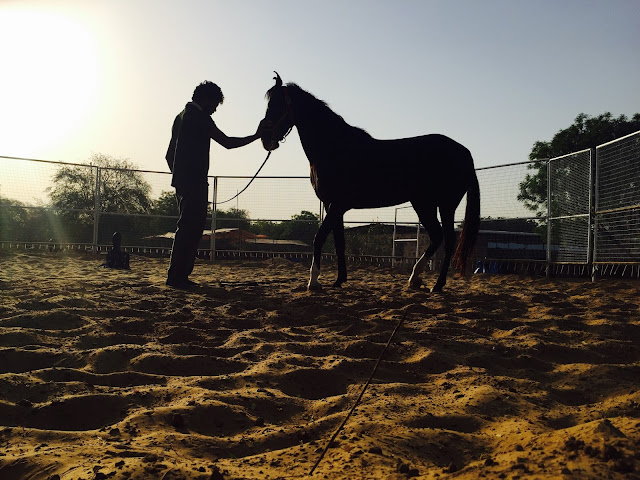The Yes and No Game
(random photo of a cat in the tree)
Since horses are preys and we are predators (for the most part) our brains, attitudes, reactions and everything else are programmed very differently. A horse’s mind is designed, by nature, to make predators fail. It’s basic survival. Taking this into account it’s impressive to see how close humans and horses have been for thousands of years.
With natural horsemanship methods developed (or at least theorised) in the last century more and more humans are working to make the process of ‘breaking’ a horse as pleasant and harmless as can possibly be.
At the Monty Robert’s training centre, to help us understand how to communicate with a horse who has not been exposed to much human interaction we play the Yes and No game.
This is how it goes:
You ask one of the students to leave the room. The rest of the group decides on what you want that student to do when he or she comes back. It can be anything. For example, we decide we want her to walk to the other side of the room, pick up a pen and then stand on one leg while waving another hand around.
We call her back. She has no idea what we want her to do. Another student, one who knows what she must do, will help her but can only do so by saying ‘yes’ when she is in the right direction or ‘no’ when she isn’t. This continues until she’s figured out what she needs to do - at which point the game ends.
Can you imagine how difficult this is? If you can’t, try it as home, or in a bar or something. It is extremely difficult and it gives you a very good idea of what it feels like to be a horse who has no idea what the human wants. (And a horse can’t even understand ‘yes’ and ‘no’).
I think that we, humans, often forget that other people, let alone animals, don’t live in our heads and don’t always understand what we mean. Next time you feel very frustrated that someone (or your dog, or your horse) ask yourself whether your intentions are clear enough!



Comments
Post a Comment